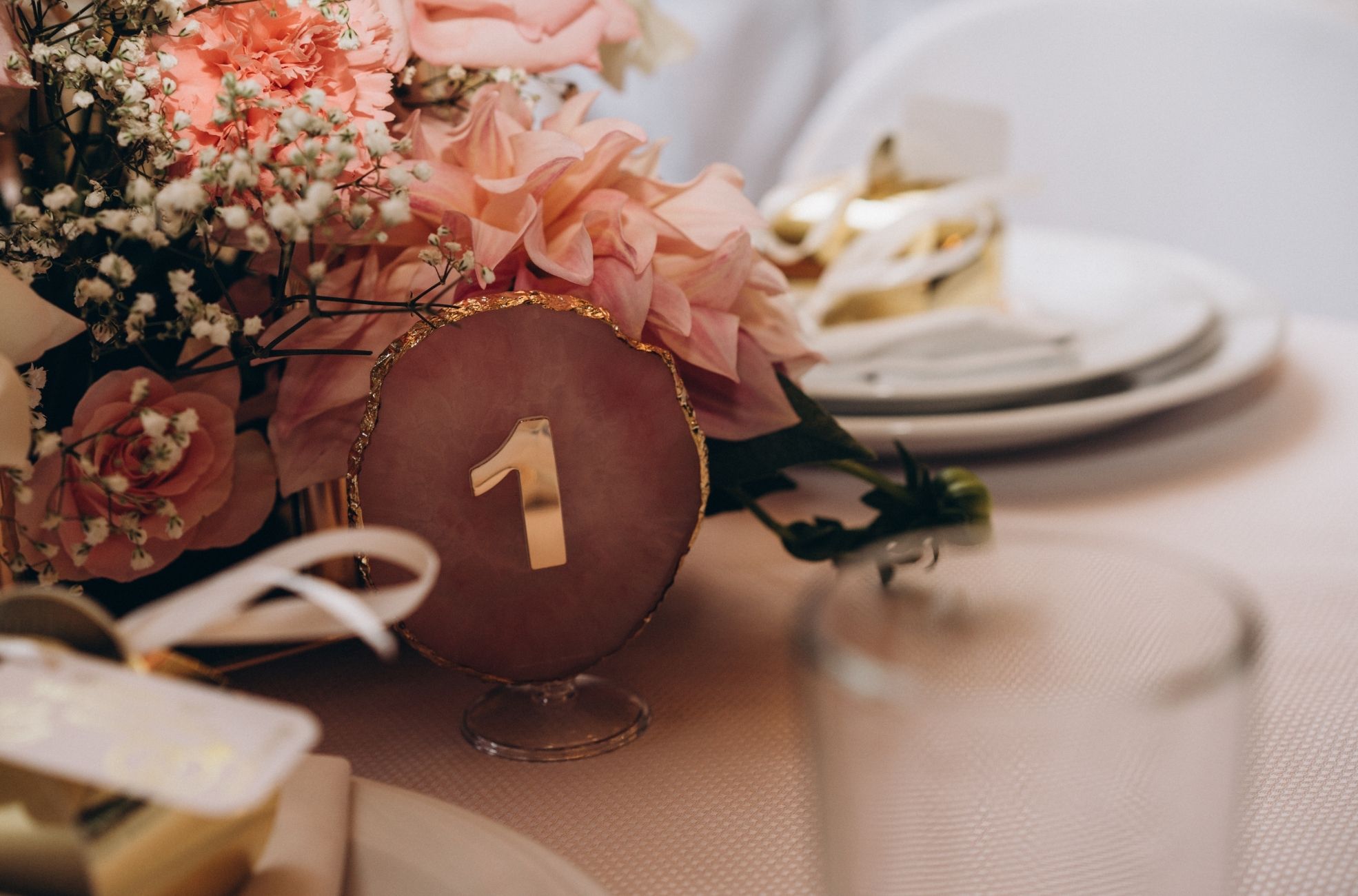Planning a wedding isn’t just about choosing the perfect dress or finding the dream venue. It also involves strategic planning, particularly regarding your wedding seating arrangement. Such a crucial part of your big day can significantly affect the atmosphere and guest experience. So you might be wondering how to make the perfect wedding seating plans for your big day.
Whether dealing with traditional or modern seating plans, navigating through venue sizes, or ensuring accessibility, this article provides helpful tips and tricks. Moreover, you’ll find guidance on choosing the perfect seating chart and the right tools to create the most practical and aesthetically pleasing seating arrangement that caters to everyone’s needs and contributes towards making your special day unforgettable.
Basics of Wedding Seating Plans
The Importance of a Seating Plan at Wedding Receptions
A seating plan at your wedding reception is more than just a guide to where guests should sit. It’s a strategic tool that can enhance the overall experience of your big day. A well-thought-out seating plan can help you manage guest preferences, such as meal selections, dietary needs, and even potential allergies. It ensures that couples or dates can sit together, preventing any awkward situations where guests might end up alone at a table with strangers.
Moreover, a full seating chart and plan is a practical tool for vendors, like caterers, providing the exact number of guests, their meal choices, and seating arrangements. It ensures everyone has a seat and a meal, avoiding any embarrassment of not providing for your guests. It also helps guests find their seats faster, reducing chaos and allowing for a calm start to the event.
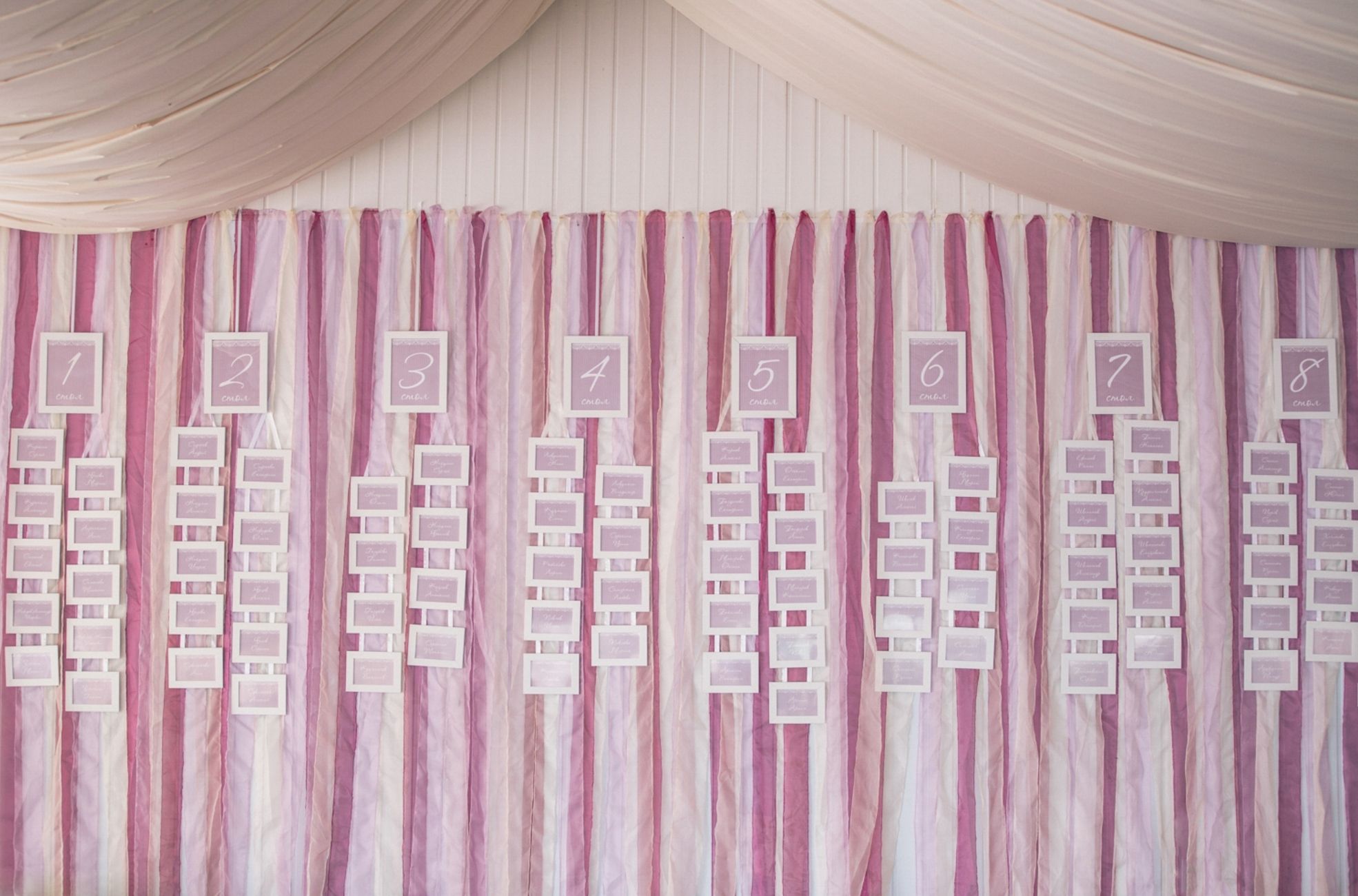
Traditional vs Modern Seating Arrangements
Traditional seating plans often place the bride’s parents on the left side and the groom’s parents on the right, with close family members and bridal party members usually sitting in the first few rows. However, modern seating arrangements can be more flexible and customised based on your preferences and the venue’s layout.
Modern wedding seating chart templates and planner apps can visually represent how the wedding will look, helping you visualise the event and make necessary arrangements. These tools can also help manage potential drama by strategically seating guests who may not get along.
Different seating plans at weddings can include round tables, rectangular tables, oval tables, and square tables, each offering unique benefits. For instance, round tables can fit more guests and allow for easier conversation across the table, while rectangular tables provide more legroom for guests.
Planning for Different Venue Sizes
The size of the venue plays a crucial role in planning your wedding table seating chart and arrangements. You’ll need to consider the venue layout, the wedding party size, and your preferences. Designing the wedding reception layout should include tables, a dance floor, a band space, bars, buffets, entrances, exits, bathrooms, and a kitchen.
Being prepared for last-minute changes and having backup seating options can help you manage unexpected situations. Providing more seating than necessary can accommodate unexpected guests or changes in plans.
Providing Accessibility in Seating Plans
When planning your seating arrangements, it’s crucial to consider the accessibility needs of your guests. This includes people with wheelchairs or those who may need the restrooms during the reception. Providing accessible restrooms and accommodations for guests with mobility issues is crucial.
When selecting a venue, you’ll need to consider its accessibility compliance. Comfortable seating should be provided for guests, considering factors like dress attire and physical needs.
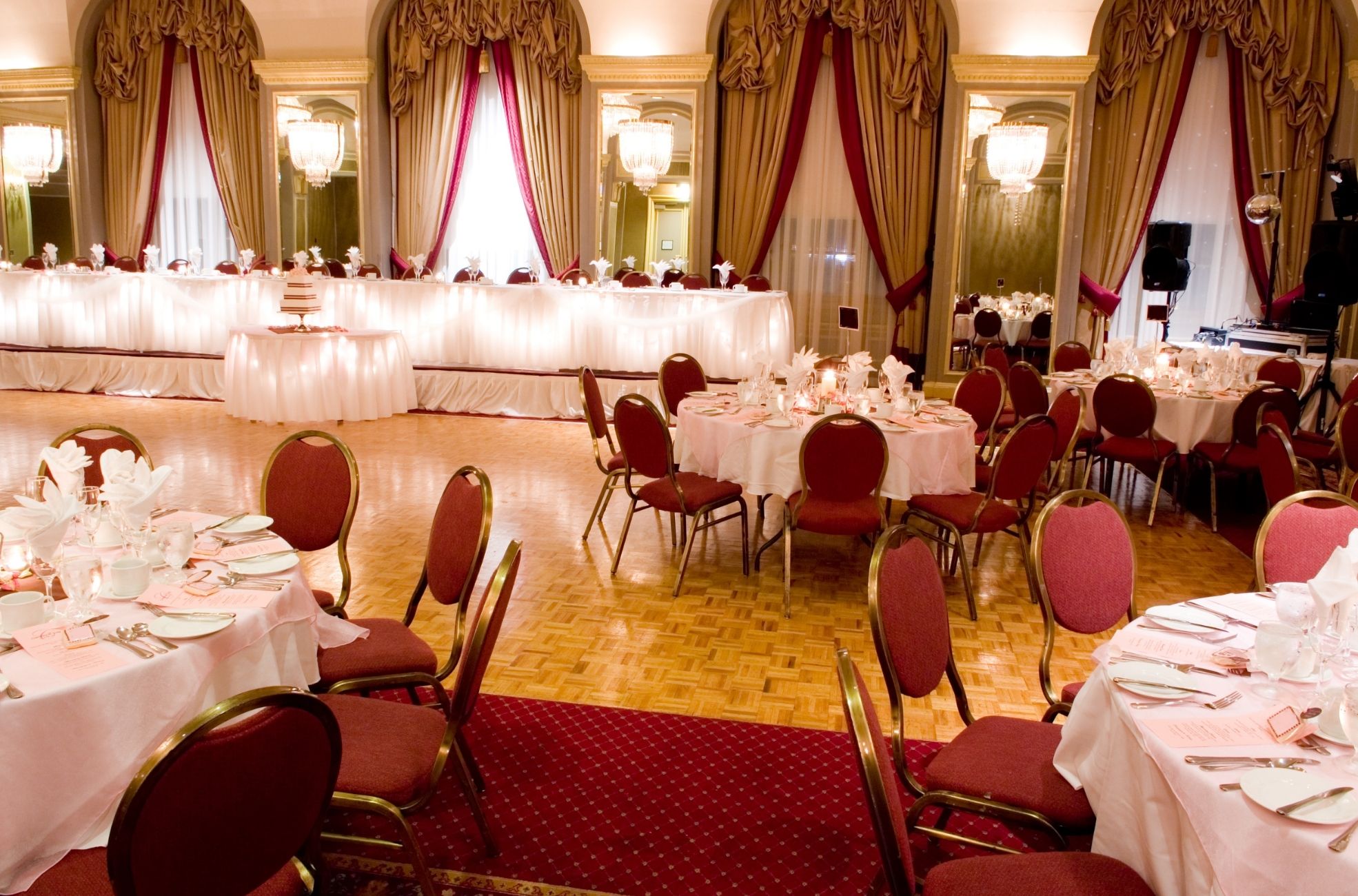
Tools to Create Your Wedding Seating Plan
Creating a seating plan for your wedding doesn’t have to be daunting. There are various tools available to help you streamline the wedding planning process and ensure a harmonious atmosphere for your guests.
DIY Seating Plan Tutorials
If you prefer a hands-on approach, you can create your wedding seating chart template and plan it yourself. This can be an enjoyable activity to do with your partner, treating it like a puzzle. Using index cards to represent each guest, you can shuffle them around until you find the perfect arrangement. When making seating decisions, it’s important to consider family dynamics, relationships, and potential conflicts.
Using Seating Plan Software
In today’s digital age, numerous software tools can assist you in creating your wedding seating chart ideas and plan. Platforms like Allseated and WeddingWire offer a range of features to simplify the process. These tools allow you to manage your guest list, design your floor plan, create seating charts, and even incorporate social-distancing guidelines if necessary. You can easily make changes, move guests, or adjust table sizes with just a click of a button.
Leveraging Wedding Planner Expertise
If you find the task overwhelming, enlisting the help of a professional wedding planner can be a wise choice. Wedding planners have the expertise and experience to handle the complexities of wedding seating charts and arrangements. They can provide valuable advice on how to avoid conflicts and ensure a smooth flow of the event. Additionally, they can assist in considering factors such as venue layout, dance floor placement, and guest preferences.
Utilising Templates and Examples
Another valuable tool at your disposal is seating plan templates and examples. These resources can serve as a starting point for your plan, showcasing what works and what doesn’t. You can find templates for different seating arrangements, such as round tables, banquet seating, and family-style seating. When selecting a seating chart template, it’s important to take into account the layout and size of your venue, as this can greatly influence the seating arrangement.
By utilising these tools and resources, you can create a seating plan that ensures a comfortable and enjoyable experience for all your guests. Whether you choose to take a DIY approach, use software, seek professional assistance, or use templates, the key is to consider the needs and preferences of your guests and create an atmosphere that promotes harmony and enjoyment.
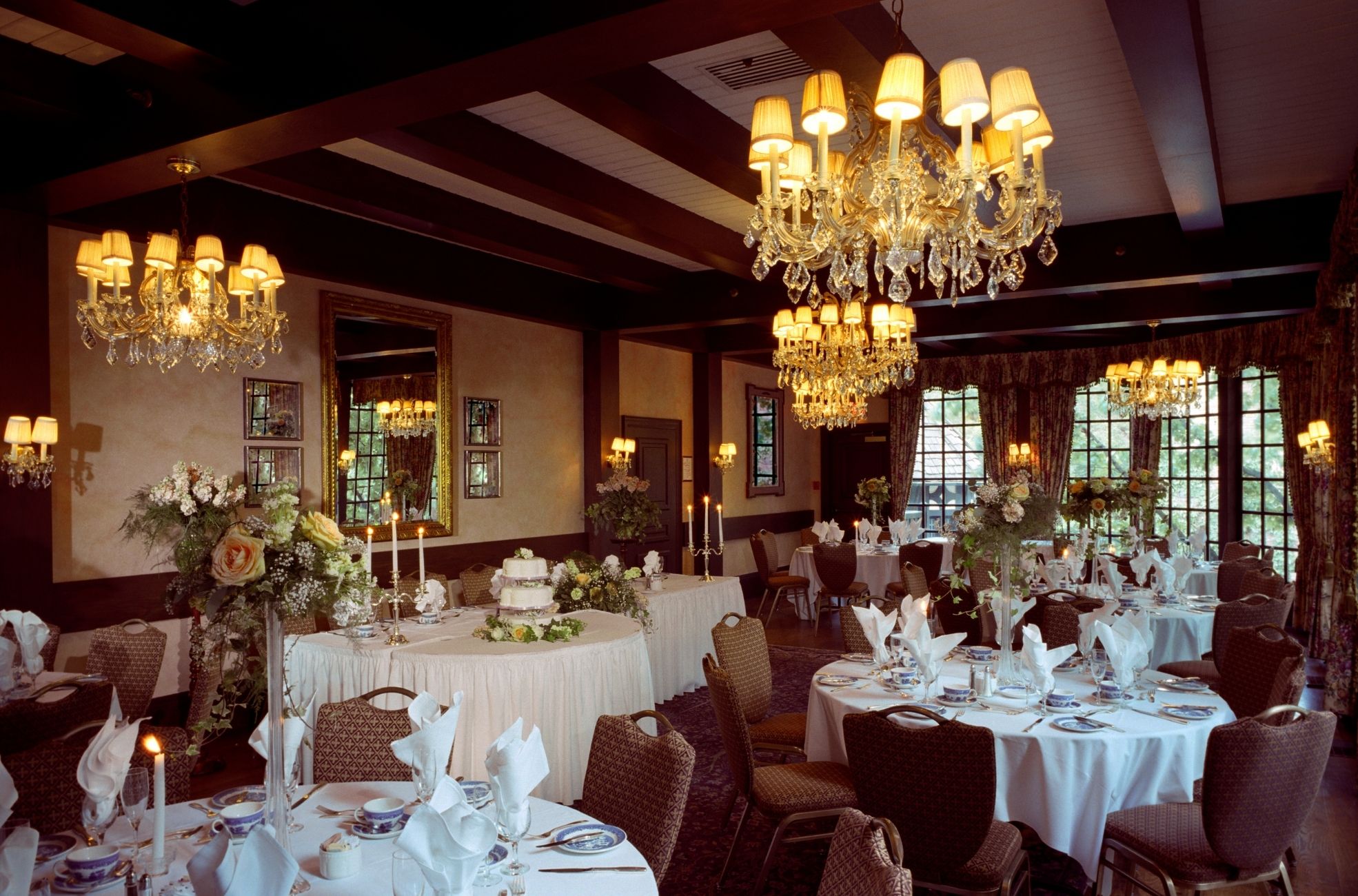
Design and Aesthetic of Wedding Seating Plans
When planning a wedding, the seating plan is a practical element and an opportunity to enhance the overall decor. It serves as a unique touch that can complement your wedding theme and style, creating a visual statement that aligns with your vision.
You can incorporate creative elements that reflect your desired aesthetic to match your seating chart or plan with your wedding theme. For example, if you have a rustic theme, a chalkboard with classic calligraphy can serve as a fitting seating chart. For a boho or ethereal theme, fabric flag signs can be used. The key is to ensure that your seating plan aligns with the overall aesthetic of your wedding, creating a cohesive look and feel.
There are countless creative ideas for seating plans that can add a touch of uniqueness to your wedding. From mirrors with white lettering to lucite slabs, you have the freedom to choose a display that suits your style. You can also incorporate elements like flowers, greenery, or banners to add colour and visual interest. Consider using unique items that reflect your interests or hobbies for a more personalised touch. The possibilities are endless, and the result is a functional seating plan and a memorable part of your wedding decor.
Integrating your seating plan into your wedding decorations is essential for a cohesive look. Consider the materials used, the colours, and the style of your decor when designing your seating chart tool and plan. For example, a wooden board for the seating chart could be a good choice if you have a lot of wood in your decor. If your wedding has a minimalist aesthetic, a clean, crisp font on a simple background might be the way to go. Remember, the seating plan is not just a practical tool; it is also a part of the overall visual experience of your wedding.
The placement and display of your wedding seating chart poster plan are equally important. It should be positioned at eye level and in a spot where guests can easily gather around without obstructing traffic flow. Some couples choose to display the seating plan during cocktail hour, allowing guests to find their dinner tables while enjoying a beverage. The display method can also add to the aesthetic appeal of the seating plan. For example, hanging the seating arrangement from the ceiling can create an enchanting addition to the venue’s decor, while miniature clothespins on a wooden palette can create a crafty and unique display.
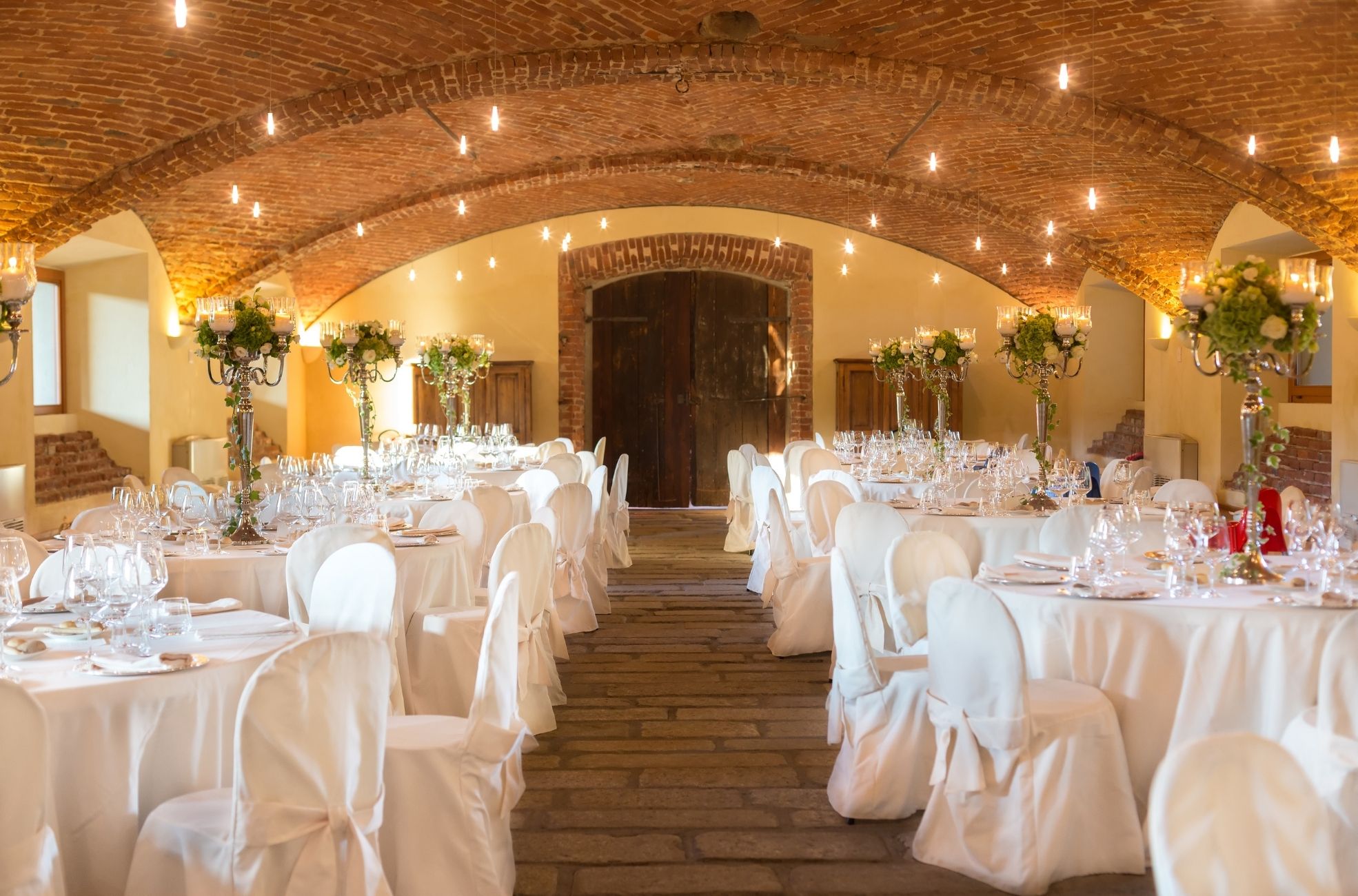
FAQs About Wedding Seating Plans
How Many Guests Per Table?
The number of guests you can seat at a wedding table can vary greatly depending on the size and shape of the table. For instance, circular tables, a popular choice for many weddings, can seat anywhere from 2 to 10 people depending on their diameter. Rectangular tables, on the other hand, can seat 3-4 people per side, with the total number of guests depending on the length of the table. Aiming for a maximum of 8-10 guests per table is generally recommended to ensure a comfortable and enjoyable experience.
Dealing with Unexpected Guests
When planning a wedding, preparing for unexpected guests is always wise. This could mean having a few extra seats available at each table or setting up additional tables. It’s important to ensure that all guests, expected or not, have a comfortable place to sit and enjoy the festivities. Communicate with the venue, floral designer, and caterer to select the appropriate table sizes to accommodate the seating arrangement and decor.
Seating Plan for Reception vs. Ceremony
The seating plan for the reception and the ceremony can differ significantly. For the ceremony, guests are typically seated around the couple in rows or in a semi-circle. The reception allows for more flexibility in seating arrangements. You can decide to opt for round, square, or rectangular tables, or even a combination of these. Alternatively, U-shaped and T-shaped table arrangements can maximise space and provide a good view for guests.
Incorporating a “Free Seating” Concept
The concept of “free seating” can be a refreshing change from traditional assigned seating at weddings. This approach allows guests to choose their own seats, fostering a more relaxed and sociable atmosphere. It’s important to ensure that there are enough seats for all guests and that the layout of the tables allows for easy movement and interaction. Mixing and matching different table sizes and shapes can create a customised and inviting atmosphere for wedding guests.
Final Thoughts on Seating Plans
Seating plans at weddings are more than just a guide – they’re dynamic tools that serve both practical and aesthetic purposes to make your special day flawless. From managing guest preferences to complementing your wedding theme, a well-planned wedding seating chart and arrangement can enhance the overall experience of your celebration.
Remember that the key to a successful seating plan lies in flexibility, attention to the needs of your guests, and harmonising with your wedding theme. Whether you choose traditional or modern arrangements, DIY methods or professional help, your wedding seating chart tool and plan will serve as the blueprint for an unforgettable event. Your wedding day is a celebration of love, and a thoughtfully designed seating plan ensures everyone partakes in the joy.

